Add more detail about this feature, such as benefits, appearance, components and value

13218307040
Superscript
Page title. Replace it with own content
This is a block description. To edit, click and type the text or replace it with your own content. Use this space to convert site visitors into customers with a promotion
Add more detail about this feature, such as benefits, appearance, components and value
Add more detail about this feature, such as benefits, appearance, components and value
Superscript
Nature's Health Benefits
From a stroll through a city park to a day spent hiking in the wilderness, any exposure to nature has been linked to a host of benefits, including improved attention, lower stress, better mood, reduced risk of psychiatric disorders and it even upticks one's empathy and cooperation.
Most research so far has focused on green spaces such as parks and forests, and researchers are now
also beginning to study the benefits of blue spaces, places with river and ocean views.
Our environments can sometimes have an enormously negative impact on us. The sensations of what we experiencing at any given moment are affecting not only our mood but also our endocrine, nervous and even immune systems. Distressing surroundings raise heart rate, elevate blood pressure and muscle tension. An agreeable environment, on the contrary, reverses these effects. And usually nature is where we turn to in pursuit of releif .
How does nature nurture us?
Enchanting Forests
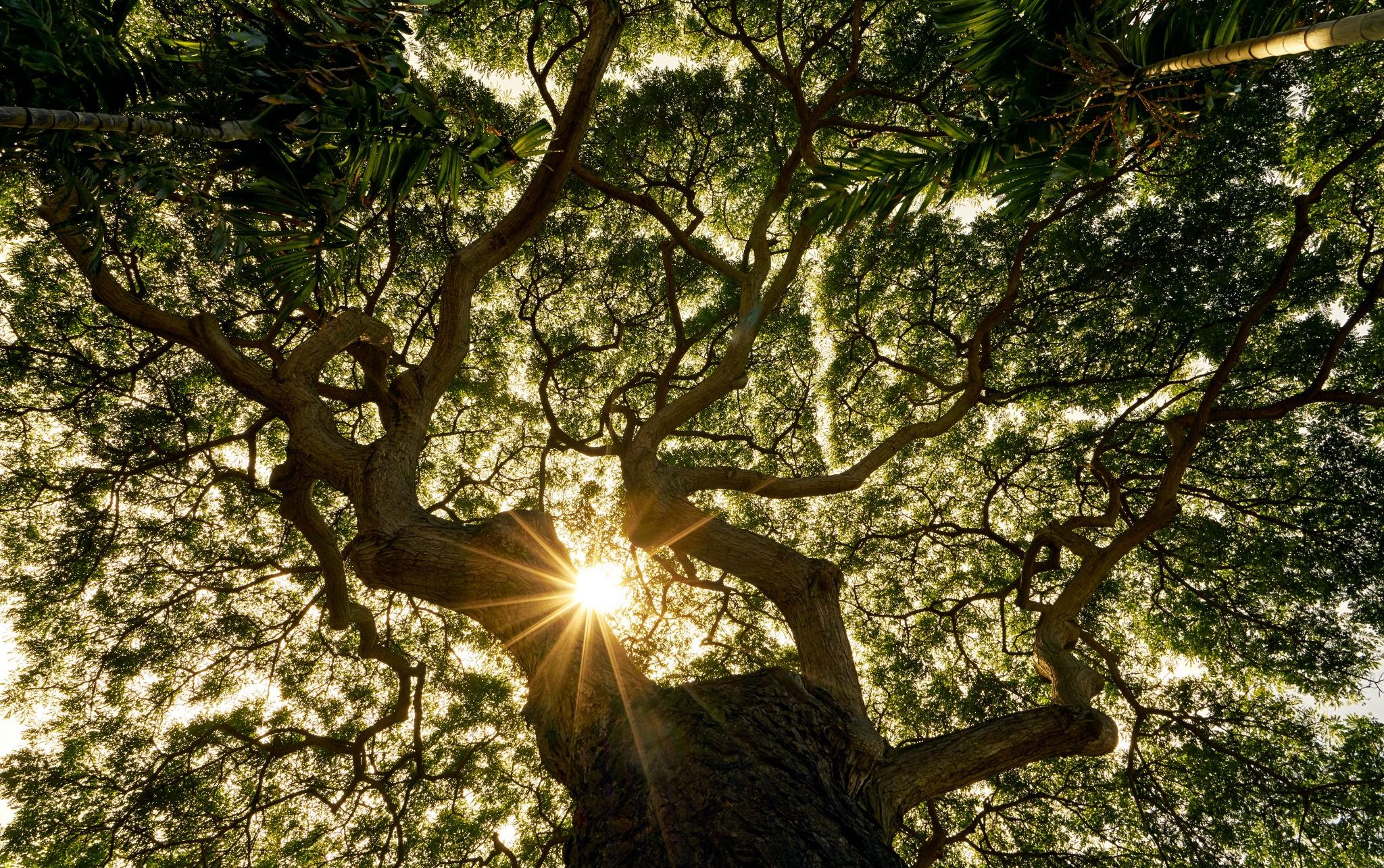
The woods has always been featured in our fairy-tales and mysteries.
As I have aged, I have chosen homes with lots of trees because I literally need the oxegen rich enviroment that the trees provide. It's really lucky that I love being outside.
Just being amoungst the trees has a huge impact on our nervous and endocrine system because of the phytocides the trees produce to protect themselves from insects and other intruders. By inhaling these oils we find balance and calm and improve our immune system function.
Ancient Experiences
Lately people of different cultures got interested in rediscovering the ancient Japanese practice of shinrin-yoku, aka forest bathing. It's kin to the concept of sun bathing. The main idea of shinrin-yoku is becoming peaceful when you are in nature: slowing your mind and heart down from your busy life and absorbing the oxegen rich air with all its benifits. Just like you would enjoy the present moment in the sun.
It’s a great time to activate your sense: listen closely to every sound, look up and around you, touch the bark of a tree, make a skin contact with the ground.
If you want to give forest-bathing some extra thought, you definitely need to check out the Association of Nature and Forest Therapy.
By getting in touch with nature we recognize that it is a not-so-secret and vital ingredient of all life.
Forest Bathing
This Time article chronicles the scientific study of The Healing Power of Nature, recent studies and its effects on the body. In the early 1980s, Japanese scientists set out to discover clinically therapeutic benefits of people taking strolls in the woods to improve their health. This practice was called forest bathing or shinrin-yoku. In one early study, scientists found a 40-minute walk through the forest lowered the stress hormone cortisol (that “inner critic ick,” fight/flight/freeze/appease response chemical).
Studies also show nature positively impacts our health by:
Improving short-term memory by 20%.
Increasing levels of Vitamin D.
Improving sleep quality.
Lowering blood sugar in diabetics.
And even increasing creativity.
Similarly, recent studies have found natural changes in scenery offer relief for health issues like heart disease, depression, cancer, and anxiety.
The author of this study wrote, “Accessible natural areas may be vital for mental health in our rapidly urbanized world”. Unfortunately, urban dwellers are less likely to have easy access to natural walking spaces and thus are more prone to higher stress levels and anxiety. Fortunately, a study conducted by the American Society for Horticultural Science shows indoor plants promote the same feelings of happiness and well-being as forest bathing and nature walks.
Boundless Plains
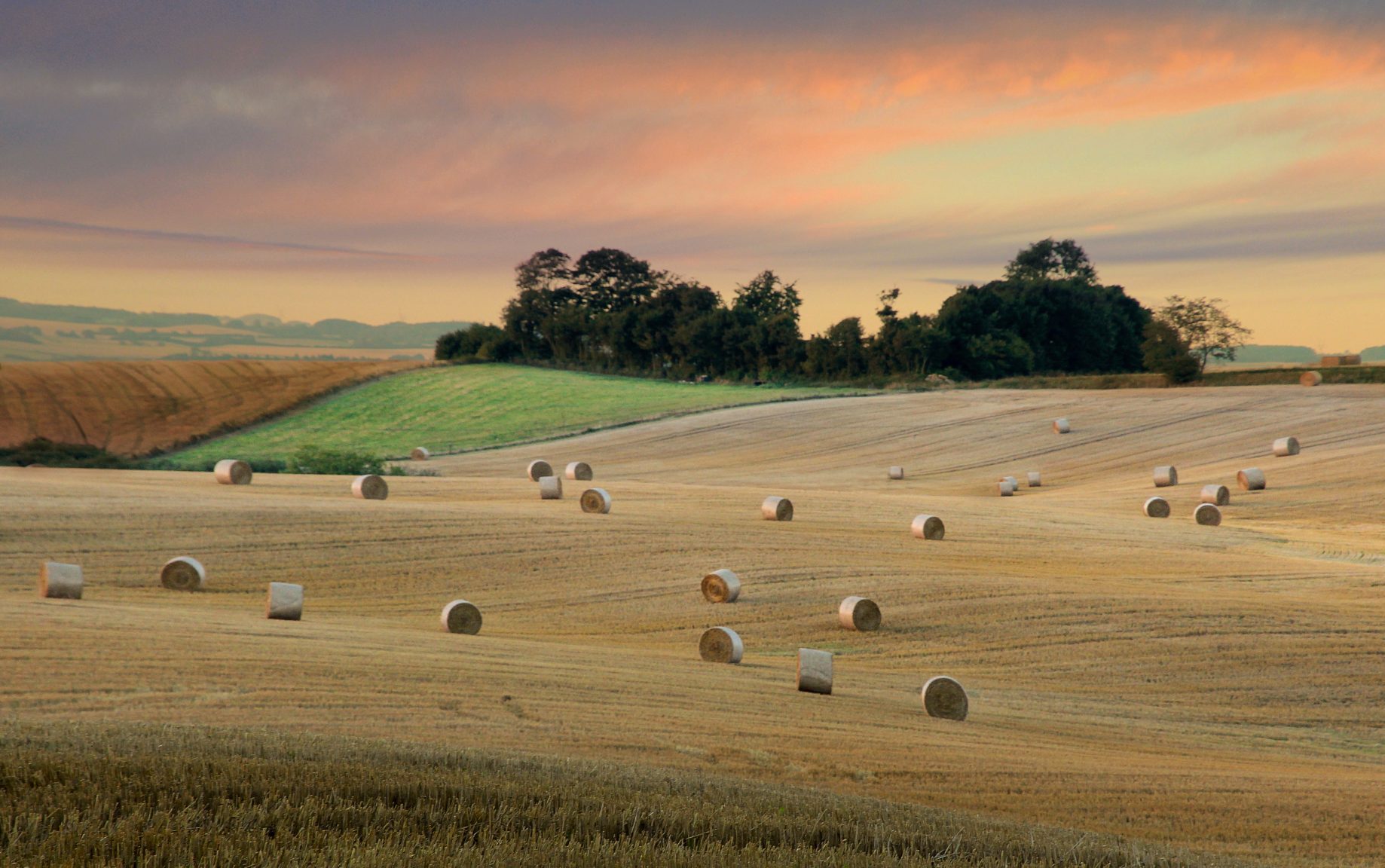
It may be the last place you'd choose as a vacation destination. Normally plains don’t have the same impact as a seashore or a mountain range. What is there to say? – They don’t immediately strike us as something extraordinary.
But in truth, plains and fields tend to be overlooked.
My grandma lived in the countryside in the middle of nowhere. Where there were no houses there were fields and plains. They unfolded about anywhere you looked. Walking along seemingly endless fields at sunset felt liberating. This sense of freedom imprinted on my memory, and whenever I’m away from the city now, I always get a similar feeling.
Endless Benifits
Nowhere else will you find the skyline that is so vivid and profound. Plains and fields have the power to cultivate a positive mindset and boost the process of healing and recovery. And breathing in fresh air will make things as clear as a bell.
Peaceful Seaside
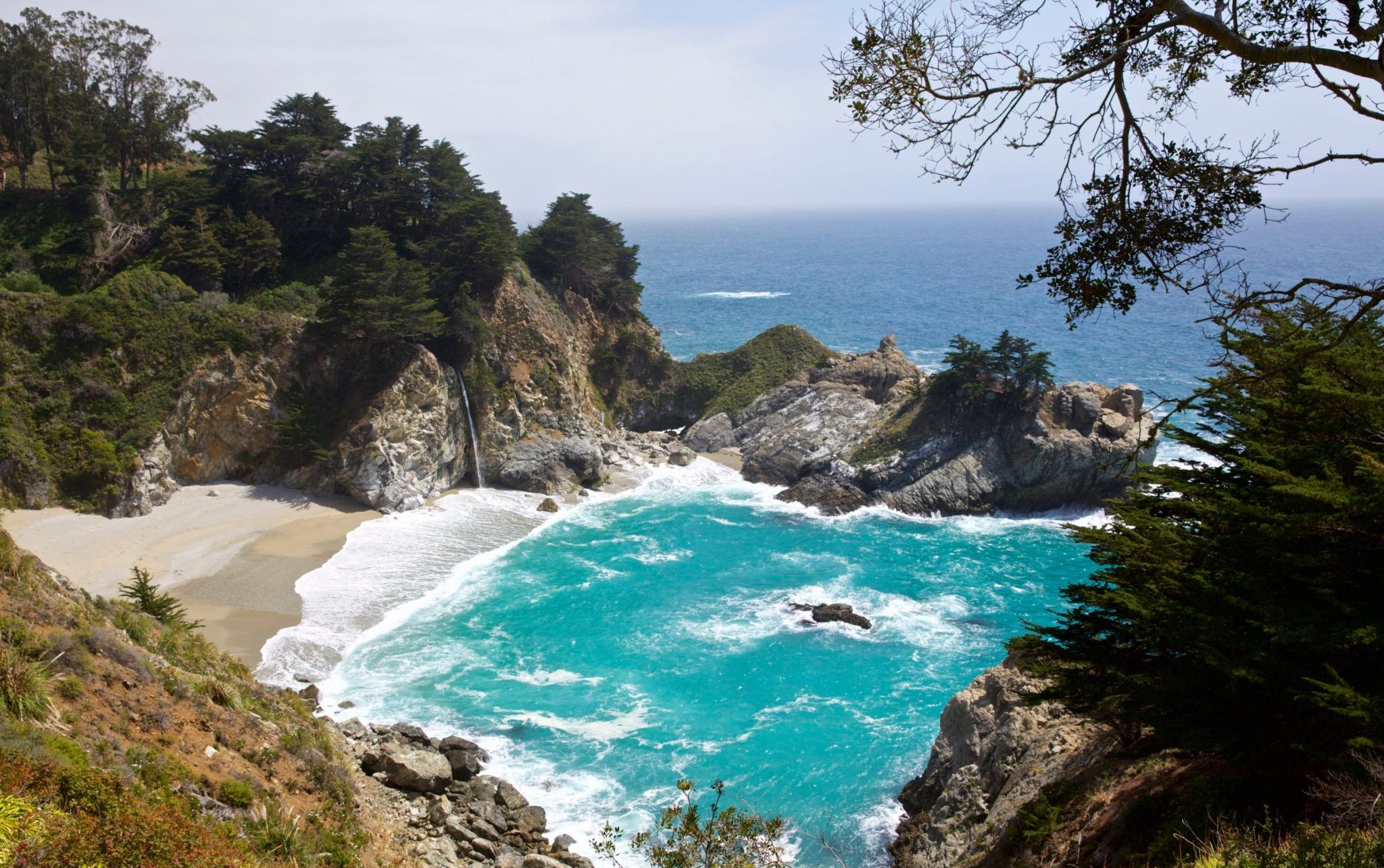
The sea soothes. Watching the waves distracts us from our own problems. After all, it’s been here a long time and we’ve seen nothing that it hasn’t.
Spending time by the sea makes us calmer, happier and more relaxed. Even the smell of sand and sea water make us feel good. The sea has the power to naturally boost mental, physical and emotional health.
Swimming, surfing or snorkeling have obvious benefits, all being exciting physical activities. But even as much as sitting by the water enjoying the view and breathing in the salty sea air can reboot the respiratory system and alleviate the symptoms of asthma, sinus infections, bronchitis and a regular cough. Just one day at the beach makes a big difference.
Minerals of high value
Sea salt is precious. There were times when it was used as a form of payment. It’s a wellspring of many vital minerals, such as sodium, potassium, magnesium, calcium. Its healing quality helps build a stronger immunity, improves brain function and heart health, boosts energy levels and lowers blood sugar. It also promotes healthy pH and electrolyte balance for the smooth functioning of our body.
Magnificent Mountains
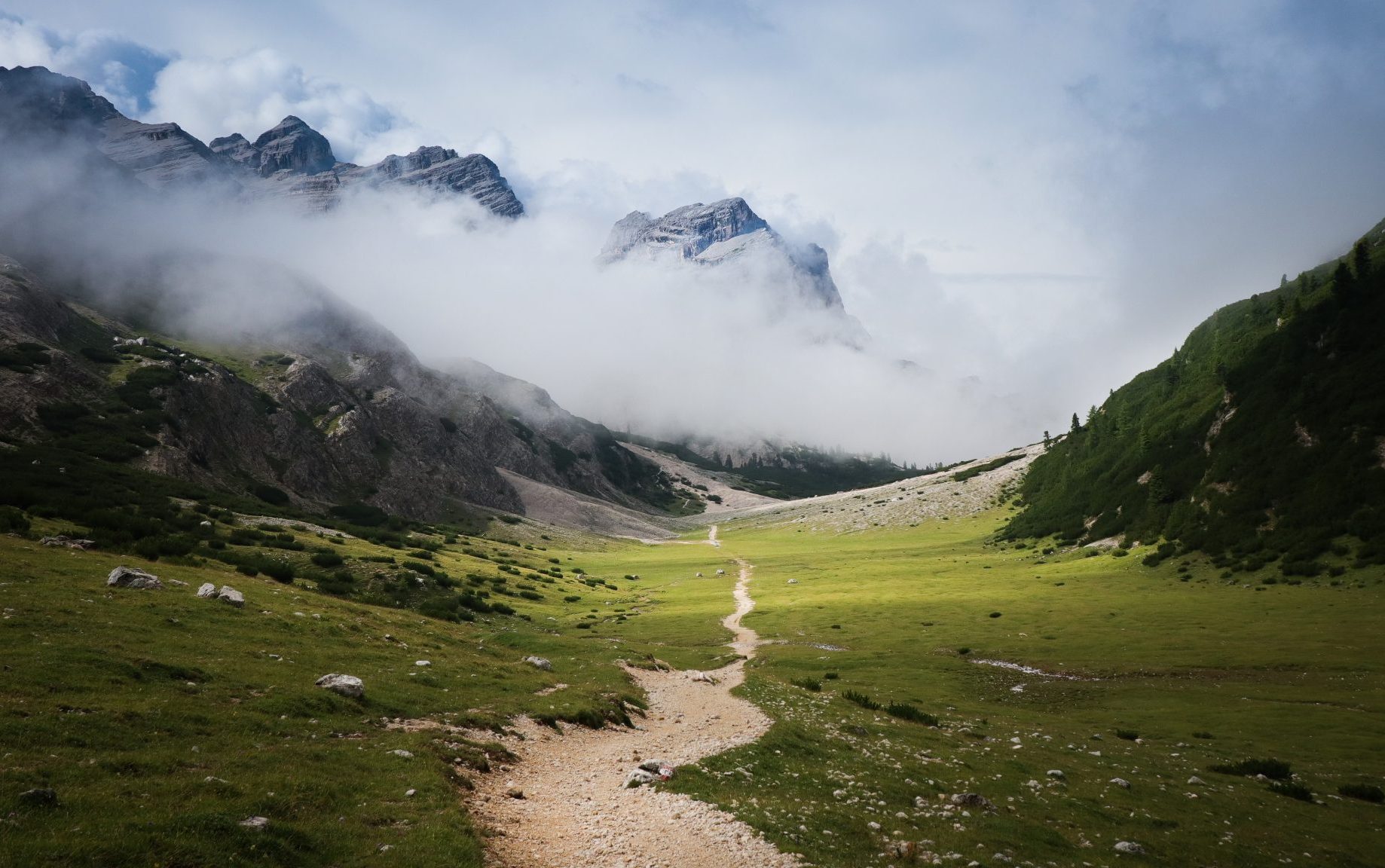
It’s in our genes to be humbled by the grandeur of our natural environment. We get absorbed by the majestic mountain sceneries and in no time become distracted from our own stress and discomfort.
Several studies show that having a view of the mountains from a hospital window can speed up the recovery and even make physical pain more tolerable.
The healing energy of the mountains fuels our body and mind. We feel balanced by their tranquility and silence. When we feel lonely and isolated mountains give us the support we need connecting us to our essence.
Healing Altitudes
Spending time up high supports heart health and significantly reduces risks of heart diseases. High altitudes give our lungs an opportunity to breathe in the freshest air, free of toxins and other harmful pollutants. Mountain air helps people with allergies and other respiratory problems. High chance that you won’t need that allergy relief meds you’ve packed for a hike.
Also, mountains are filled with various pastimes to keep your body busy: hiking, climbing, skiing, camping, canoeing, birdwatching. To name a few.
ANCIENT EXPERIENCES
Lately people of different cultures got interested in rediscovering the ancient Japanese practice of shinrin-yoku, aka forest bathing. The main idea of shinrin-yoku is being one-on-one with the nature, slowing down and absorbing the present moment. It’s a great time to activate your sense: listen closely to every sound, look up and around you, touch the bark of a tree, make a skin contact with the ground.
If you want to give forest-bathing some extra thought, you definitely need to check out the Association of Nature and Forest Therapy.
I often just set out for a lake or park on a whim to create some fun for the little ones, or to find joy for the bigger kids in my family. I am good at that and enjoying the spontaeous adventure of just taking our cameras out to wander and explore. My brother is the exact opposite thinking that the structure of a planned trip is what makes it a success. He does plan for down time for the kids to just unwind and seems to have plenty of friends and family wanting to go on vacation or an afternoon trip with him.
As we age, we count on how time spent outside, visiting with Mother Nature, improves certain diseases and chronic health conditions such as cancer, depression, cardiovascular disease, obesity, diabetes, and musculoskeletal conditions. Most of us, in our generation, have some ailment and our plans are motivated by a single common thread that produces benefits even the youngest in our tribe. Spending time in nature strengthens the immune system, according to Ming Kuo.
Kuo, an environment and behavior researcher who serves as director of the Landscape and Human Health Laboratory, spent a lot of time to pore through hundreds of studies that explored the effects of nature on human health. Her search revealed no fewer than 21 possible pathways between good health and Mother Nature. All but two of these pathways shared a common element: they enhanced the function of the immune system.
Huge, Broad Effects on Health
Time in the great outdoors has been found to protect the health of many human body systems — cardiovascular, mental health, musculoskeletal, respiratory, and more — all at the same time in a way that Kuo likens to a multivitamin. Multivitamins provide a wide array of nutrients and Kuo says this is exactly how nature protects us, too. Like multivitamins, “nature doesn’t just have one or two active ingredients,” she said.
“The realization that there are so many pathways helps explain not only how nature promotes health, but also why nature has such huge, broad effects on health,” she said.
Rest and Digest
The “fight or flight” response to stressful situations has long been understood. When confronted with a problem (saber-tooth tiger, charging elephants, tough tests at school, bankruptcy, missed job promotions), the body is flooded with stress hormones that heighten our awareness of every little thing in our environment. It all becomes a big deal. We become ready to fight it out or run for our lives. Every body system not required for immediate survival is put on temporary hold, including the immune system.
Kuo thinks time in nature turns that high-stress switch off and turns on a “rest and digest” switch that allows the body to relax and recover. She says, “When we feel completely safe, our body devotes resources to long-term investments that lead to good health outcomes -- growing, reproducing, and building the immune system.”
Restoration
Any time we feel safe, relaxed, and peaceful, the entire body benefits but Kuo says full-blown restoration occurs outside. Pleasant indoor activities help but it’s only outside that we encounter certain important elements in abundance. Kuo says, “Enjoyable indoor activities don’t provide the phytoncides, mycobacterium vaccae, negative air ions, vitamin D-producing sunlight, and other active ingredients found outdoors. So we’d expect a smaller boost than you’d get from being in nature.”
“Finding that the immune system is a primary pathway provides an answer to the question of ‘how’ nature and the body work in concert to fight disease,” Kuo said.
From a stroll through a city park to a day spent hiking in the wilderness, exposure to nature has been linked to a host of benefits, including improved attention, lower stress, better mood, reduced risk of psychiatric disorders and even upticks in empathy and cooperation.
Incorporating nature into everyday life, whether it be a new plant in your workspace or a quick stroll outside, has never been more prevalent or important than it is at this moment in time. We are learning how to survive an ever-fluctuating pandemic and the shift to work-from-home resulting from the pandemic, and seem to intuitively sense that Mother Nature can change our mood, and that plants can even become your friends (if you’re as doting as I am). Despite this seemingly spontaneous boost in channeling nature to power your healing, the science behind it has been around for decades.
Step outside your door for FREE Stress-Relief
Urban areas are home to more than 84% of Americans, and with that, exploring nature has become less of a normalized practice. We don’t prioritize, let alone validate, the basic human need for connection with mountains, water, and trees (in addition to the fact a majority of people view natural connectivity as a touch woo-woo). Instead of viewing nature as an inconvenience or a woo-woo holistic medicine, we should be viewing it as free therapy.
Matthew Miller notes in this article that the human body is “fully conductive” and the earth pulses out an electromagnetic frequency that immediately grounds our bodies whenever it touches the earth directly. Twenty years of medical studies on grounding show that when we are connected to the earth’s energy, everything from our brain waves to our muscle tension positively responds to grounding.
THE BIGGEST TAKEAWAY FROM ALL OF THIS IS THAT EVERYONE WILL FIND SOME NATURAL BENEFIT TO LOG OFF, UNPLUG, AND TAKE A MUCH-NEEDED WALK, OR SOME SIT AND RELAX TIME.
EITHER WAY, CREATE SOME FUN OR FIND YOUR JOY WHILE RECONNECTING WITH NATURE
Here is a FREE link to a guided meditation to get you started- If that is what you are into
Amazing nature-connected coach Jenya Kuvshinova has some wonderful thoughts on using nature to boost resilience - I’ve been lucky enough to hear them first hand on hikes and over her delicious home cooked meals - and she has a whole webinar available on YouTube if you are interested in diving deeper with her. At minimum, I encourage you to experience the meditation piece, which I’ve cued up below. All you need is a quiet space (even better if you are outdoors) and have some sort of natural element with you, whether you grab a stick, leaf, flower or rock while outside, from outside or from that cute house plant.
I hope you find beautiful places to spend time with your little ones...
For more on Humans and Nature Archives Click Here
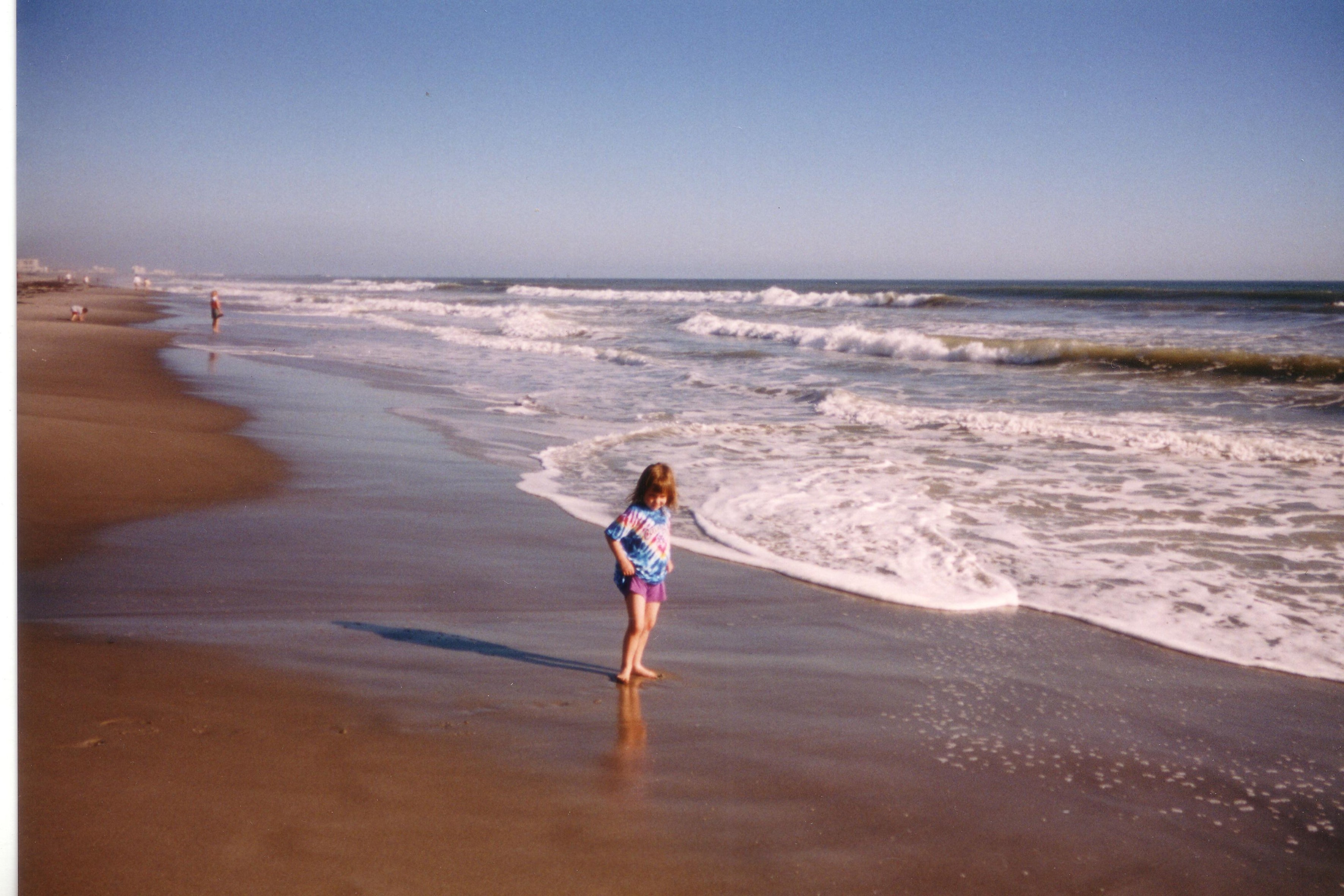
SUPERSCRIPT
The Calming Effect of Water
Sandi Schwartz-June 30, 2020
The Calming Effect of Water.
With summer in full swing, our children are enjoying so many fun outdoor activities, and many of them will involve water. Did you know that science has found that being in and around water can soothe our bodies and minds? Wouldn’t you love to be able to calm your children using something as simple and available as water? Here are three ways that water can help your children relax this summer and throughout the year.
Observe It
Have you ever lost yourself in the beauty of the ocean, a flowing waterfall, or even an aquarium? You are certainly not alone. Water is known to give us a sense of peace and serenity. In fact, medical studies have found less cortisol (the stress hormone) and more serotonin, oxytocin, and dopamine (the feel-good hormones) in people as they spend time in, on, or around the ocean.
When we’re around water, our brain becomes engaged in our environment and we enjoy pleasant sensory stimulation. We become so focused that we enter a mindful state. As a result, we enjoy lower stress levels; relief from anxiety, pain, and depression; improved mental clarity and focus; and better sleep.
Water also inspires a sense of awe, as we take in the vastness of the ocean or swim in a large lake. These experiences make us aware of and appreciate our place in this immense world. Such awe-inspiring experiences boost our mood, making us feel happier and calmer.
Water also provides soothing sounds that help us feel calm, as evidenced by all the relaxation and sleep aids that use sounds of the ocean and the sound of waterfalls – whether it be crashing waves, the pitter patter of rainfall, or the rush of a flowing river.
Why does the sound of water cause this reaction?
Studies show that it’s based on how our brain interprets different noises. These slow, rhythmic whooshing sounds are non-threatening, which is why they calm us down. Also, the sound of water is a type of white noise that helps drown out other noises that might cause us concern.
Find ways to expose your children to awe-inspiring water scenes and sounds, such as:
· Plan trips where you can visit impressive water sights like Niagara Falls, the turquoise sea in the Caribbean, waterfalls in Hawaii, and the Great Lakes.
· Visit marine nature centers and aquariums.
· Spend time at the beach and encourage your children to express how the scene makes them feel in creative ways like writing, painting, or singing about it.
· Go fishing or on a boat ride or cruise.
· Listen to water sounds to calm your children at bedtime.
Immerse In It
Spending time in water has a tremendous soothing effect. Some believe this is because it’s reminiscent of the time we spent in our mother’s womb surrounded by amniotic fluid. It may also be related to how the water makes us feel weightless and free.
Studies show that floating can change our brain waves and reduce cortisol levels, therefore making us feel more relaxed. Swimming is also known to boost endorphins that increase feelings of well-being. Plus, the rhythmic strokes and sound of water make swimming very relaxing.
Research shows that swimming produces the same relaxation response as yoga, increasing calming chemicals and allowing us to enter a meditative state. When we swim laps, we can focus simply on our strokes and breathing, making it easy to shut off all the noises and activity going on outside the pool.
Baths and showers have been used as ways to escape daily stress for ages. By practicing some mindfulness during a bath or shower, we can really focus on the sensations on our skin and the sounds of the trickling water. This helps us be in the moment and forget our worries.
Look for opportunities for your children to spend time in water:
· Sign them up for swim lessons or join a swim team.
· Encourage them to practice floating on their back in the pool.
· Choose vacations where you can enjoy swimming and water sports.
· Turn bath time into a mindfulness moment by asking them questions about how the water feels and sounds.
Drink it
Let’s also not forget how critical water is to our health. By simply drinking enough water throughout the day, children can minimize feelings of stress and anxiety. Water plays such an important role in how our body functions. All of our organs, including our brain, need water to work properly. If we are dehydrated, our body is strained and we can become stressed and edgy. Dehydration can actually cause symptoms that feel like anxiety, such as dizziness, muscle fatigue, headache, feeling faint, increased heart rate, and nausea.
Dehydration has also been linked to higher cortisol levels. According to the Calm Clinic, water appears to have natural calming properties. Drinking water can be soothing, and our body can benefit from the added hydration when we are stressed.
It is so important that we encourage our children to drink to stay hydrated every day to help them stay calm and balanced. The amount of water a child needs depends on several factors like activity level and local weather, but in general children should drink at least six to eight cups of water per day.
Your children will probably need more water if they’re participating in sports. It’s suggested that they drink a half cup to two cups of water every 15 to 20 minutes while exercising. For specific recommendations, see the Dietary Reference Intakes(DRIs) developed by the Institute of Medicine (IOM).
As one of our most important natural resources, water provides so many benefits including improving our health and happiness. Have fun exploring new ways for your children to enjoy water through their senses – and you will be grateful for how calm they are as a result.
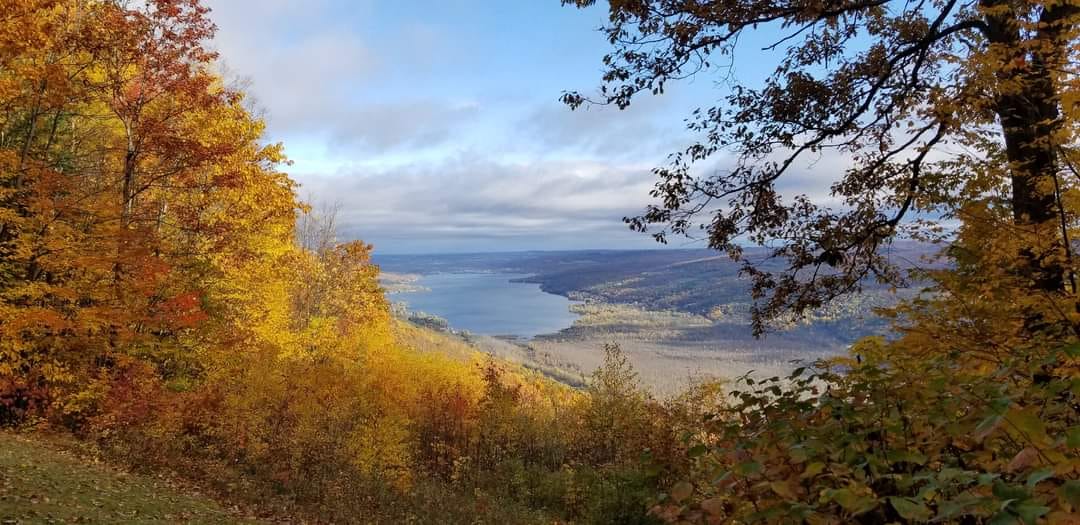
SUPERSCRIPT
The Forests Treasures
NATURE PLAY & ADVENTURE TRAILS
As children we dreamed of an escape to an enchanting, living playspace surrounded by wildlife and nature. Scavenged materials and craft tools to turn your small cabin into a warm, well-supplied home. Survive by fishing, cooking and growing your own food. And chart your own journey just for the heck of it. Explore a living, colorful world, ranging from sunlit green forests to dark caves.
We spend a lot of time enjoying the woods with our kids. Woodlands are nature’s playgrounds. They have an abundance of readymade things to do which help occupy our crazy kids! There are trees to climb and dens to make but if you need a little more inspiration for games to play in the woods with kids – there’s a whole list below! If you’d like activities as opposed to games, check out our list of 24 Things to do in the Wood with Kids. And when you return from your woodland adventure, we have 100+ ideas for nature crafts here too to make with all the woodland treasures that fill your kids pockets!
Our woodlands are so much more than a destination for hiking.
Plan some fun activities so you can hang out in the forest.
Creating experiences and memories for my children is one of my favorite aspects of both parenting and teaching. However, sometimes we just want to get outside to play without having to do too much planning, preparation or packing. Outdoor adventures with your kids don’t have to be elaborate or complicated to be fun for them. Sometimes the simplest things mean the most to them and allow them the freedom to play and create their own experience. Often, when children are free to roam and play surrounded by trees, they feel better, behave better and (in my experience) ask for fewer snacks!! Unrestricted nature play is a great opportunity for children to lead their own play time and work together to make it fun. Plus, it’s more relaxing for us parents, too. Win, win…right??!
Do you like forests? We do too, but do you know just how awesome they are? Trees are a necessity for the survival of the human race, and without them, it will be difficult to sustain life on earth. It is because of our major forests that we can fight the curse of pollution and global warming. Planting more trees will always be beneficial for us and the ecosystem. March has a International Day of Forests so it’s the perfect time to share our top
10 reasons why forests are so awesome.
1) Trees are the main source of Oxygen.
2) An average tree produces enough oxygen to fulfill the oxygen needs of four people.
3) Trees help in absorbing dust and other pollutants from the air, thus cleaning it.
4) The land under the tree absorbs more rainwater and helps prevent floods.
5) Trees also absorb a considerable amount of sound and help reduce noise pollution.
6) Birds lay their eggs in the nests on the tree. Trees also help in nurturing many species by providing food and shelter for our wildlife.
7) Many trees also have medicinal properties and are used in healthcare industries.
8) They also save us from the harmful Ultraviolet rays, which are responsible for skin cancer.
9) Trees are also important for many industries, like Timber, Paper, Rubber, Silk etc., helping in economic development.
10) From roots to leaves, every part of a tree is beneficial to us, and they support our wildlife as a bonus.
Natural Play Areas are often play spaces that are chosen because of their natural components such as plants, logs, water, sand, mud, boulders, hills and trees. These components represent the larger wild environment in a way that feels safe and manageable to young visitors and their parents while inviting imaginative and explorative play.
“My best memories of childhood are from walking through the woods with my sister and climbing what we then called a ‘mountain,’ to explore the creek for hours and looking up at the sky from grassy fields. I hope my children and grandchildren are able to enjoy those same experiences.” – M. Lowen, an Oregon parent
Natural Play challenges and fascinates children and teaches them about the wonders and intricacies of the natural world while they explore and play within it. It is intuitive and unstructured, constructive (or deconstructive), and timeless, encouraging interaction with natural materials, features, indigenous vegetation, and creative landforms.
Natural Play is often a blend of materials and experiences to create purposely complex interplays of natural and environmental objects. – Oregon Natural Play Initiative
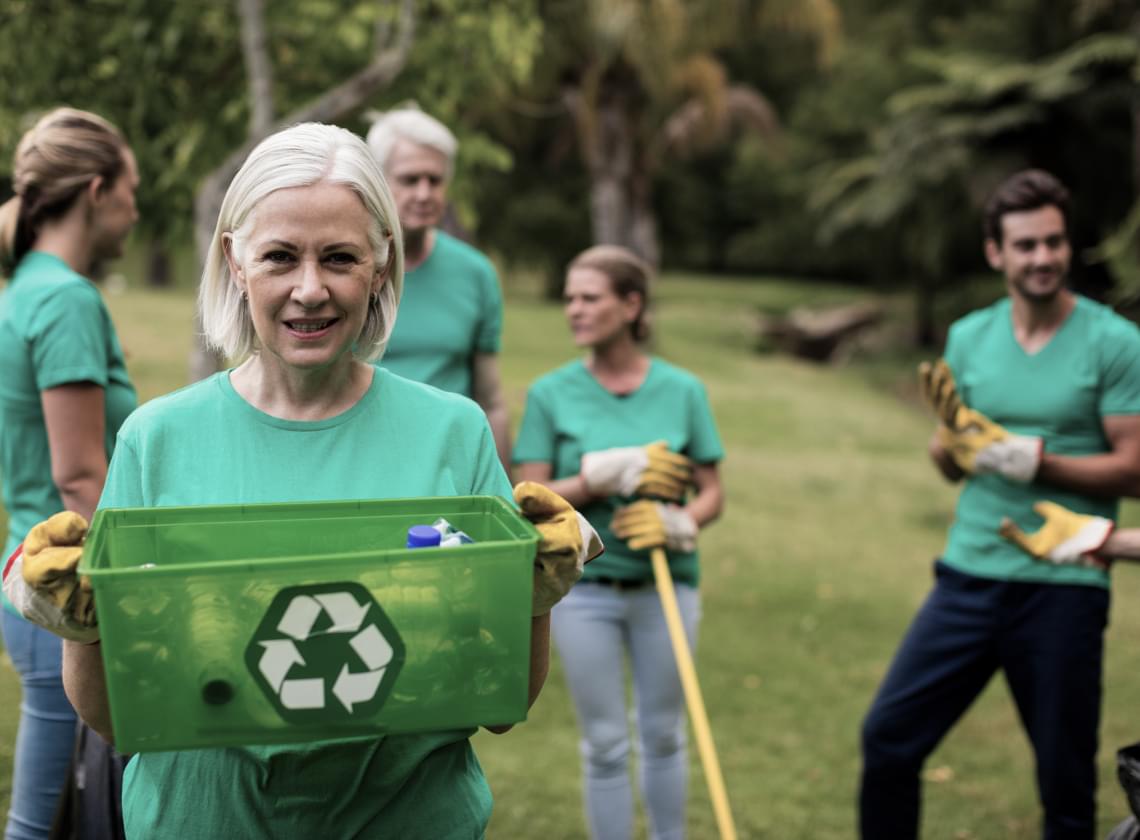
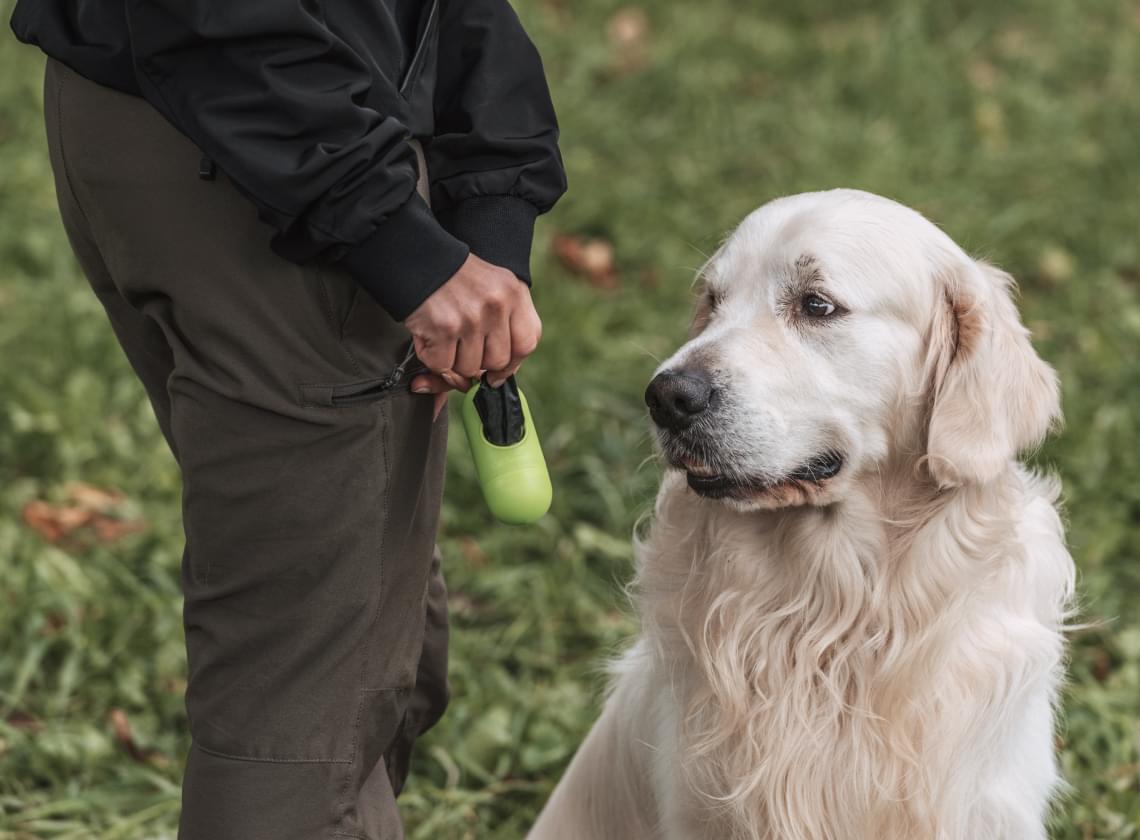
This is a frequently asked question?
This is a FAQ description. Add more detail about this service, such as benefits, appearance, components and value
This is a frequently asked question?
This is a FAQ description. Add more detail about this service, such as benefits, appearance, components and value
This is a frequently asked question?
This is a FAQ description. Add more detail about this service, such as benefits, appearance, components and value
This is a frequently asked question?
This is a FAQ description. Add more detail about this service, such as benefits, appearance, components and value